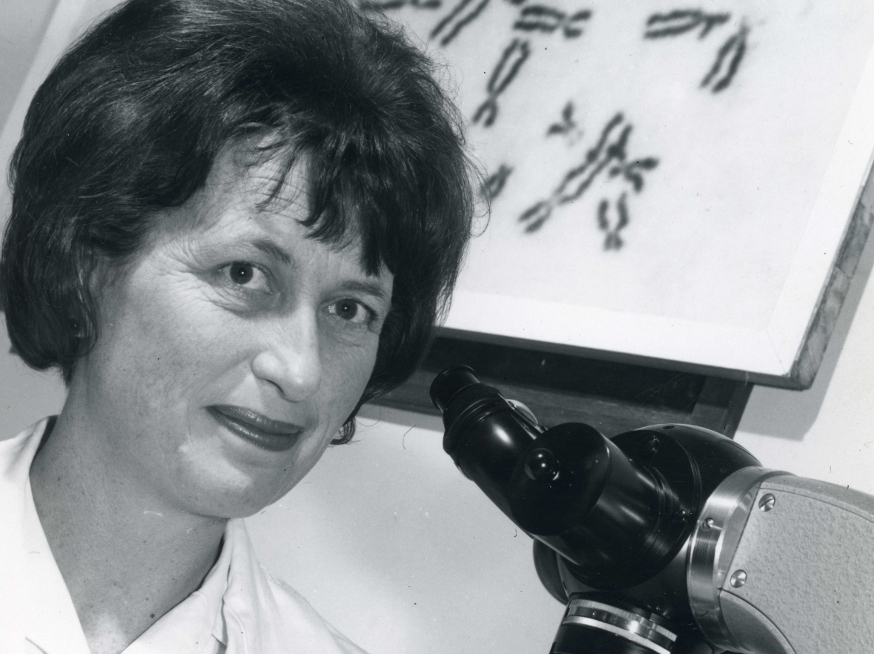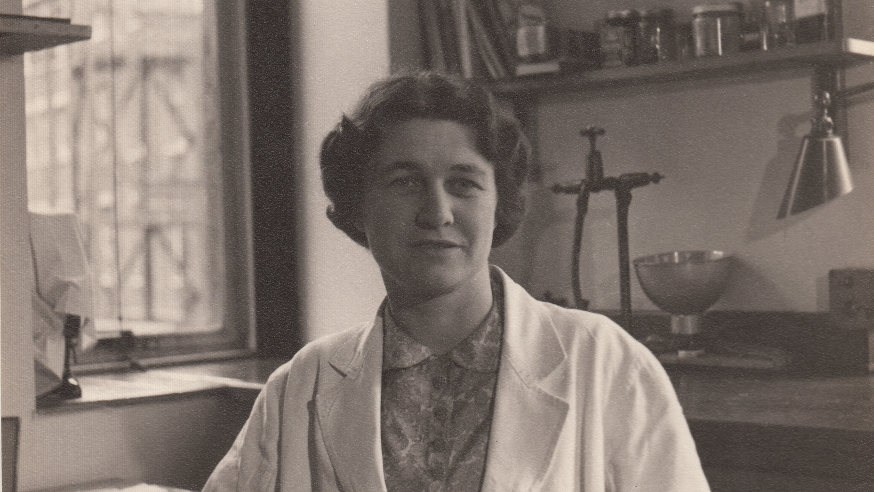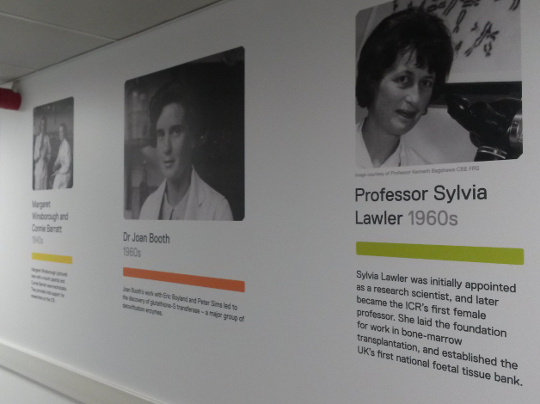I’ve always found the history of medicine interesting, possibly because we seemed to study it constantly in secondary school history lessons, and I remember trips to museums where we would hear about the grizzly details of blood-letting, leeches and trepanning.
I hadn’t spent so much time learning about the history of science until I joined The Institute of Cancer Research and worked on a project looking at the ICR’s greatest ever achievements, but I’ve found it equally interesting learning about how the scientific ideas behind today’s treatments have progressed over time.
The historical achievements project certainly sounded less grizzly than my GCSE history lessons, but I still consider that we’re lucky to be working in science at the moment rather than 100 years ago when the ICR was just setting up, when we didn’t have the same technologies and understanding we have now. It’s hard to imagine what life as a researcher would have been like, and this is one of the reasons that I like a new project that’s been going on at the ICR – using images from the past to celebrate our history.
Several years ago, staff at the ICR began investigating the boxes and boxes of old photos stored in our archives – and what they found was a rich treasure trove of images of the ICR’s past.
Over the last year or so, Michelle Beaton at the ICR has led a project to use these images to showcase the ICR’s achievements and history, creating a series of image displays around the ICR. The project team has now featured different displays around our buildings focused on different aspects of the ICR’s history – our greatest scientific discoveries, and the buildings that make up the ICR. The latest display to launch showcases the women who have made a major contribution to the organisation.
Among the researchers featured are Lady Nina Kennaway who published influential work on lung cancer mortality in the 1930s, Dr Edna Roe, one of our first researchers to be awarded a doctorate in 1937, Professor Sylvia Lawler, a research scientist who became the ICR’s first female professor, and Dr Joan Booth, who in the 1960s helped discover a major group of detoxification enzymes called glutathione-S transferase.
I was sufficiently intrigued to spend some time digging into the lives of two of these researchers - Sylvia Lawler and Edna Roe – to see what else I could find out about them, and where exactly they fit in the ICR’s history.

Professor Sylvia Lawler was one of the first female geneticists in the country. She joined the ICR in the 1960s from UCL where she worked in the Galton Laboratory of Human Genetics.
She worked on genetics in immunology and her research at the ICR, in partnership with The Royal Marsden, laid the scientific foundations for bone marrow transplants, following high-dose chemotherapy when the cells of the bone marrow may have been destroyed.
Sylvia Lawler’s research was vital for developing the techniques we now use to select the right donor for bone marrow transplants. She investigated a protein on the surface of white blood cells called human leucocyte antigen which is used in ‘tissue typing’, where potential blood marrow donors and recipients are tested to see if they are compatible.
I learned from my reading that the work of Sylvia Lawler and her team paved the way for the first ever bone marrow transplant in Europe which was performed at our partner hospital, The Royal Marsden. Pretty amazing stuff!
When she died, the Royal Society of Medicine established a prize in her honour for oncology, the Sylvia Lawler Prize.

Going back further it was hard to find as much detail, but I did read about Dr Edna Roe, a medical physicist who in 1937 was one of the first ICR PhD students to be awarded a doctorate.
During her PhD, she investigated the structure of cancer-causing chemicals – known as carcinogens – by studying the way they absorb UV light and then fluoresce themselves, giving off their own unique signature. She continued her career at the ICR and became responsible for the organisation’s spectroscopy and microscopy. Her interest in the photochemistry of molecules grew, and she was one of the founding members of the British Photobiology Group in the 1950s.
It can be hard to find details about early research, but seeing the old photos really brings the scientists and their work to life. I particularly enjoy seeing the old-fashioned equipment in the background of the images.
I hope that staff here and visitors to the buildings will get chance to look at the new displays and take a moment to reflect on the parts that these women played in the ICR’s history – and the legacy of their work for our understanding and treatment of cancer.
